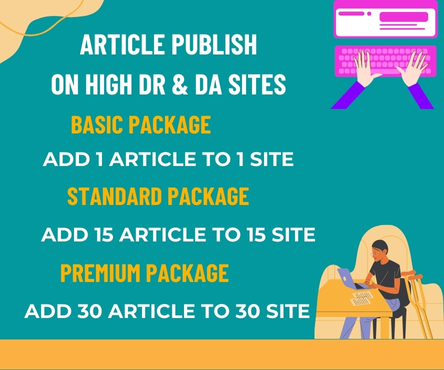The Heating, Ventilation, and Air Conditioning (HVAC) market has experienced significant growth in recent years, driven by increasing demand for energy-efficient and environmentally friendly systems. The market is expected to continue growing, driven by technological advancements, rising construction activities, and growing concerns about indoor air quality and climate change.
One of the primary drivers of the HVAC Market is the increasing demand for energy-efficient systems. Traditional HVAC systems are significant contributors to energy consumption, accounting for a substantial portion of a building’s energy usage. As energy costs continue to rise, building owners and homeowners are seeking more efficient solutions to reduce their energy bills and minimize their environmental footprint. This has led to the development of high-efficiency HVAC systems, such as those using inverter technology, which can significantly reduce energy consumption.
Another factor driving the growth of the HVAC market is the increasing focus on indoor air quality. The World Health Organization (WHO) has recognized indoor air pollution as a significant health risk, particularly in urban areas. HVAC systems play a crucial role in maintaining good indoor air quality by controlling temperature, humidity, and air pollutants. As people become more aware of the importance of indoor air quality, the demand for HVAC systems that can provide clean and healthy air is increasing.
The growth of the construction industry is also driving the demand for HVAC systems. New residential and commercial buildings require HVAC systems to provide a comfortable indoor environment. The increasing trend of green building construction is further driving the demand for energy-efficient and sustainable HVAC systems. Governments and regulatory bodies are also promoting green building practices by offering incentives and implementing strict building codes.
Technological advancements are also playing a significant role in shaping the HVAC market. The development of smart thermostats and home automation systems has enabled building owners to control their HVAC systems remotely and optimize their energy usage. The integration of artificial intelligence (AI) and machine learning (ML) in HVAC systems is also becoming increasingly popular. These technologies can predict energy demand, detect faults, and optimize system performance, leading to improved efficiency and reduced energy consumption.
The HVAC market is also witnessing a shift towards more environmentally friendly refrigerants. Traditional refrigerants, such as chlorofluorocarbons (CFCs) and hydrochlorofluorocarbons (HCFCs), have been phased out due to their contribution to ozone depletion and climate change. The industry is now moving towards more sustainable alternatives, such as hydrofluoroolefins (HFOs) and natural refrigerants like carbon dioxide and hydrocarbons.
In conclusion, the HVAC market is experiencing significant growth driven by increasing demand for energy-efficient and environmentally friendly systems. Technological advancements, rising construction activities, and growing concerns about indoor air quality and climate change are expected to continue driving the market. As the industry continues to evolve, we can expect to see more innovative solutions that prioritize energy efficiency, sustainability, and indoor air quality.
The market is highly competitive, with numerous players competing for market share. Manufacturers are focusing on developing more efficient and sustainable products, and investing in research and development to stay ahead of the competition. The trend towards smart and connected HVAC systems is expected to continue, with more emphasis on integration with building management systems and the Internet of Things (IoT).
Overall, the future of the HVAC market looks promising, with opportunities for growth and innovation. As the industry continues to evolve, it will be exciting to see how manufacturers and building owners respond to the challenges of energy efficiency, sustainability, and indoor air quality.

